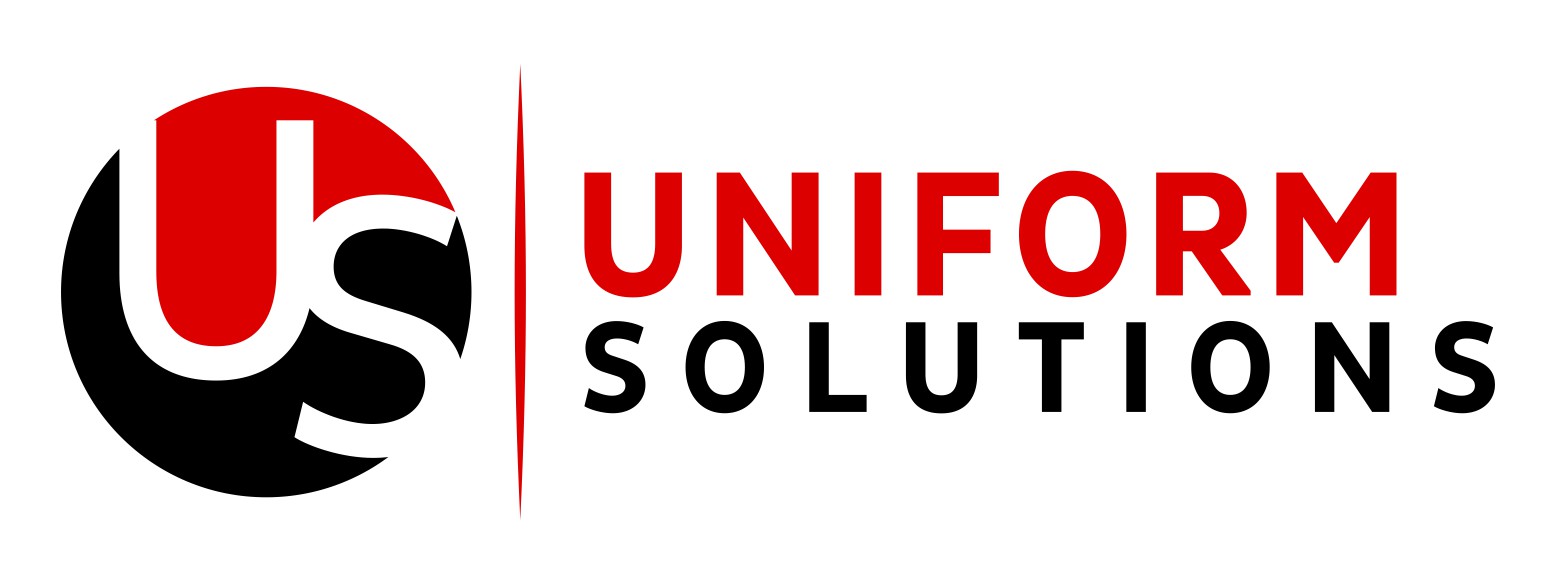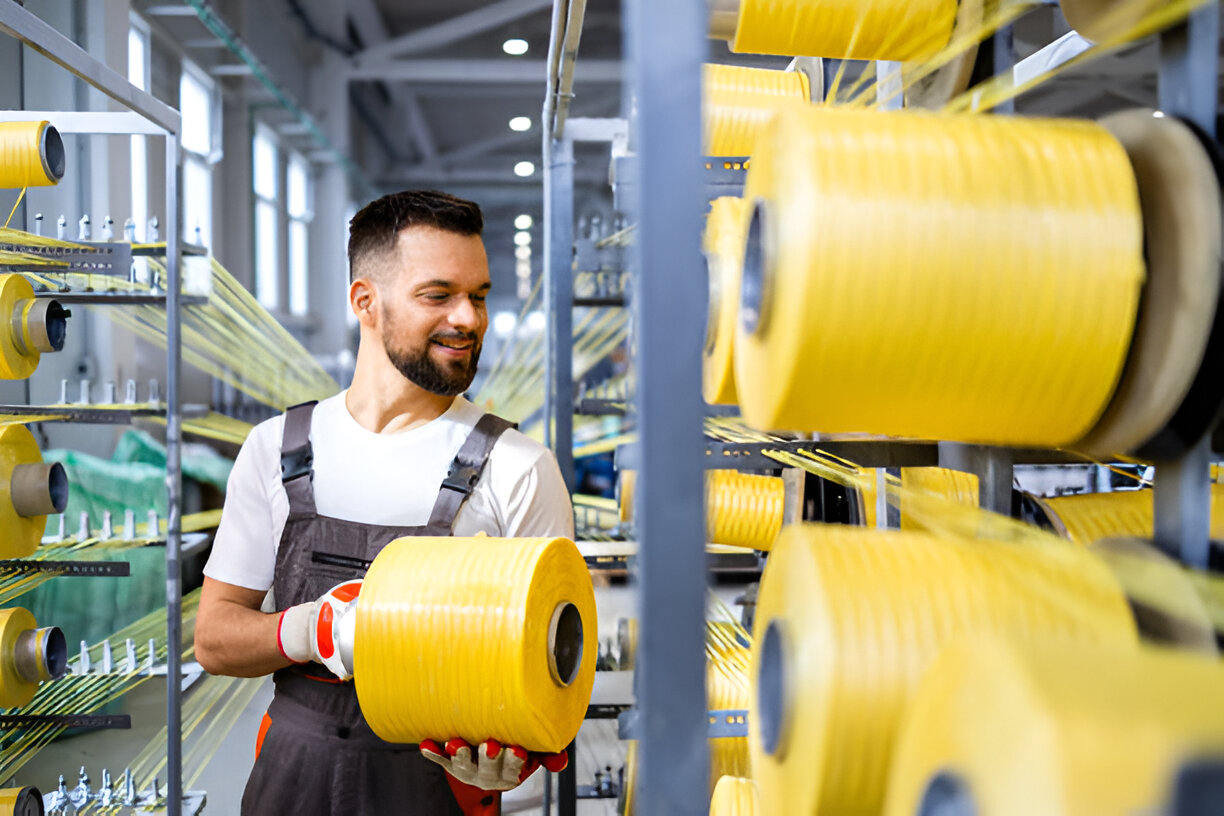Flame resistant clothing an ultimate armor for maximum safety
- Published on: August 30, 2024
When it comes to protective clothing at the workplace, Flame Resistant clothing is essential protective wear for many employees. These garments protect people from flash fire, electric arcs, and other types of fire danger. FR clothing cannot be easily ignited and even if it is ignited it burns and goes off by itself especially when the heat source is removed thus reducing the risk of burns.
FR clothing is crucial across various industries like oil and gas, electrical, chemical, and manufacturing. This blog will provide an in-depth understanding of flame resistant clothing, its significance, differences from flame retardant materials, and practical information on its maintenance and care.
Understanding flame resistant vs. fire retardant
Are flame resistant clothing and fire retardant clothing the same? This is a common misconception. Flame resistant clothing is made from materials that are inherently resistant to ignition. For instance, a flame resistant work jacket is designed to provide ongoing protection throughout its lifespan, regardless of the number of washes.
On the other hand, fire retardant clothing is made from materials that have been chemically treated to reduce their flammability. Over time, this treatment can wear off, reducing the garment’s effectiveness. So, while both types of clothing offer protection, understanding the difference is crucial when selecting the right gear for your job.
What qualifies as flame resistant clothing?
To be labeled as flame resistant, a garment must meet specific criteria set by safety organizations like the National Fire Protection Association (NFPA). These standards dictate that flame resistant clothing must self-extinguish, not melt, and resist ignition for a certain duration. For example, an FR winter jacket must not only offer warmth but also adhere to these stringent standards.
Certification processes involve rigorous testing, including vertical flame tests, thermal manikin tests, and arc rating tests. Garments like flame resistant winter jackets undergo these procedures to ensure they provide adequate protection in hazardous environments.
How does flame resistant clothing work?
What makes flame resistant clothing so effective? The science lies in the fabric. When exposed to high temperatures or flames, the fibers in the material swell and char, creating a barrier that reduces the amount of oxygen available to sustain the fire.
There are two main types of flame resistant fabrics: inherent and treated. Inherent flame resistant fabrics, such as those used in many men’s FR jackets, are made from fibers that are inherently non-flammable. Treated fabrics, like those in some flame resistant outerwear, have been chemically treated to resist ignition. Both types offer protection, but their performance and longevity can vary, making it important to choose the right type based on the specific workplace risks.
Introduction to fire-resistant coatings
Another feature of FR clothing that many people may not know about is fire resistant coatings. It is used on fabrics to give the fabric an extra layer of protection from fire-related incidents. For instance, apparel such as a flame resistant rain suit designed to protect one from moisture impacts may be coated to have added fire resistance in addition to moisture resistance.
These coatings can be especially useful in industries where employees are likely to come in contact with fires and also be subjected to vagaries of weather. Such coatings can prolong the performance and durability of accessory garments such as the flame retardant rain coats.
Industries and applications of flame resistant clothing
Which industries require flame resistant clothing? The use of FR clothing is mandated in several high-risk fields:
- Oil and gas: Workers are exposed to flash fires and explosions.
- Electrical utilities: Potential contact with electric arcs.
- Chemical manufacturing: Exposure to flammable substances and reactive chemicals.
- Steel Mills and foundries: Contact with molten metal and high-temperature materials.
Workers in these fields often wear flame resistant winter jackets or flame resistant vests to protect against specific hazards. Each job role may require different types of flame resistant clothing, from a rain jacket FR for wet environments to flame resistant outerwear designed for colder climates.
Purpose of a flame-resistant lab coat
Why would a professional need an FR coat in a laboratory setting? Labs often involve chemicals, open flames, and volatile substances that can easily catch fire. Flame resistant lab coats act as a barrier between the skin and potential fire hazards.
Some business sectors like the pharmaceutical industry, biotechnology, and chemical engineering require flame resistant clothing since the nature of their businesses involves risks that necessitate them to wear such clothing. An FRC coat (Flame Resistant Clothing coat) also commonly known as Flame Resistant Clothing coat could save one’s life in the event of a spill or explosion, at the very least it would mean the difference between a minor spill and a major burn.
Maintenance and care of flame resistant clothing
How can you ensure that your flame resistant clothing remains effective? Proper maintenance is key. Here are some best practices:
- Washing: Always follow the manufacturer’s care instructions. Use mild detergent and avoid bleach or fabric softeners, which can degrade the flame-resistant properties.
- Inspection: Preferably wash it at least once a week or as often as needed and look out for fading and fraying, especially in areas that have usually abrasion like cuffs and collars. Any torn or stained garments should be mended or replaced as soon as possible.
- Storage: Store FR clothing in a dry, well-ventilated area, away from direct sunlight and chemicals that could degrade its protective properties.
These steps help prolong the life of items like a flame resistant winter jacket or FR winter coat, ensuring ongoing protection against fire hazards.
Conclusion
Choosing the right flame resistant clothing is not just about compliance; it’s about safety and peace of mind. From understanding the difference between flame resistant and flame retardant materials to knowing the right care practices, every detail matters.
Whether you’re in need of a men’s flame resistant jacket for a frigid job site or a flame retardant jacket for a rainy work environment, the right gear could make all the difference in a critical moment.
Make informed choices to ensure maximum protection, comfort, and durability for you and your team. Safety first. Always choose flame resistant clothing that meets the necessary standards and suits the specific needs of your work environment. Stay protected, stay safe!



